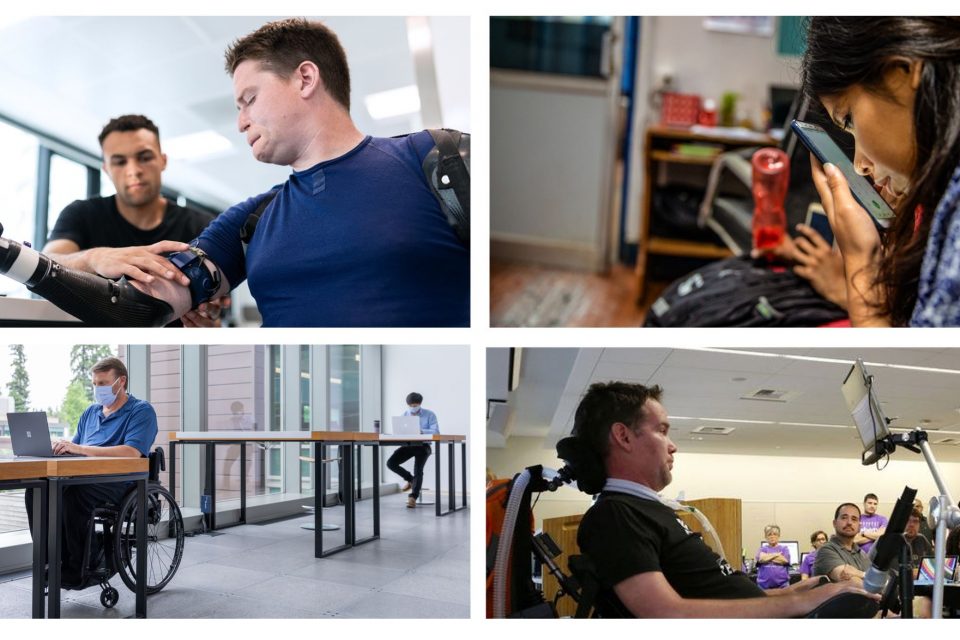Post by Kevin Peesker, President of Microsoft Canada
The results of the pandemic have been felt all over the world. It has disrupted how we think, how we act and how we operate in our daily lives. But for the roughly one billion people in the world living with a disability, the effects of the pandemic are even more acute.
In many circumstances, people with disabilities have been subjected to higher risks of COVID transmission while others have faced challenges as a result of lockdowns and regulations that have distanced them from their communities and necessary support systems.
Individuals who are deaf or hard of hearing, that rely on visual cues, are challenged by a new world of masked faces; those who blind or low-sighted have had to adapt to the spatial reconstruction of known environments due to social distancing; and people with mental health issues are relying on more support services due to overwhelming feelings of prolonged stress, fear and anxiety.
Today on, International Day of Persons with Disabilities, we are reminded that the pandemic has affected everyone, disabilities seen or unseen. And it’s important that as we move into next year, we continue raising awareness around building an inclusive world, bringing light to the modern technologies that can serve and empower people with all abilities in hopes of a brighter future.
Harnessing assistive technology
In 2017, Statistics Canada found that one in five Canadians are living with some sort of disability, yet few have access to assistive products. These devices can be lifechanging, empowering those living with disabilities to move through the world more easily and safely. At Microsoft, our mission is to empower every person and organization on the planet to achieve more. However, as Canadians, we have a collective responsibility to create communities, workplaces and services that enable everyone to participate fully in society without barriers.
When it comes to inclusion, we strive to create tools and products that are designed with accessibility in mind from the start – because we know removing barriers for people with disabilities benefits everyone.
Here are the stories of two incredible young Canadians who are leveraging the power of assistive technology to not only overcome challenges but hope to inspire people of all abilities to accomplish their dreams.
Meet Devante Taylor, who leverages the power of AI to be more productive:
Devante Taylor is a 27-year old from Toronto, Ontario who experienced an accident in 2017 that left him paralyzed from the neck down. Not letting his disability get in the way of his aspirations, Devante turned to Surface Pro and Microsoft AI powered Eye Gaze, to gain independence in his personal and professional life. With help from assistive technology, Devante is now running his own clothing brand called Authenticity Clothing and is excited for what the future holds.
Meet Shrey Bhatt, a tech evangelist who is visually impaired:
Shrey Bhatt is a low-sighted Grade 6 student from Brampton, Ontario who doesn’t let his disability differentiate himself from his peers. A young tech enthusiast, Shrey uses Windows 10 accessibility tools such as Word to dictate to thrive in his classroom. When he is out in the community, he maneuvers with the Microsoft Soundscape app to explore the world around him. He is a leader in and out of the classroom and one day hopes to make his own mark in technology, inventing assistive technologies to unlock a better future for others.
To learn more about Microsoft’s assistive tools and technology that can help people at home, school and work achieve more, visit Microsoft.com/Accessibility.




